Gravitas
- Brand Gallery
- Jun 24, 2016
- 3 min read
Updated: Aug 27, 2023
June 25 - August 5, 2016
Curated by Shannon Currie Holmes
ARTISTS
Carlos Beltran-Arechiga, Nicholette Kominos, Melissa Manfull, Kristan Marvell, Sonja Schenk
The artists in Gravitas challenge an evolution of perception. Working in various mediums: painting, drawing, sculpture and installation, the artists are able to create work that upon first viewing appears to have the physicality of weight; of gravity. concrete blocks, monolithic forms, sturdy structures, complex constructions and yet upon further reflection, the viewer is led to question the tangibility of the fabrications in from of them. Encouraged to move beyond aesthetic beauty, the question of intent arises and a search for meaning and interpretation begins. In short, the viewer is challenged to evolve their perception.
The etymology of the word gravitas holds an inverse path to the artwork presented. The original definition of the word started in the figurative; full of interpretation and impression. It was something someone could hold in the air of their manner, yet could not hold in their hands and feel. The introduction of Newton’s Universal Law of Gravitation changed our perception of the word and the “weight” that gravitas once held now bears the conviction of an unchangeable Universal Law - Gravity. In paradox, it is precisely through the substantive quality of the art that an evolution of perception is inspired, leading to the immaterial; leading to “Gravitas”.
Carlos Beltran-Arechiga deals with matters of scale; “from the nano to the larger-thanhuman, I zoom in and out to construct stories…to present problems for the viewer to solve; inconclusive situations. It is important for me to include the built and natural environments we inhabit in this inquiry and to question how the spaces occupy our mind and senses.” His work speaks to the Mexican Ruptura Movement shaped by Abstract Expressionism and Geometrism, and shows the influence of his training as an architectural and environmental designer. He paints structures that seem real and often familiar, frequently using materials one would more likely see on a construction site than in an artist’s studio, but his constructs are fragments of a space we are invited to explore, but cannot inhabit.
Nicholette Kominos is a master manipulator of non-conventional materials. Her small sculptural works combine diverse and oppositional materials stressing dichotomies such as rough/soft, engineered/organic. Her larger works create visual tension with minimalist lines and elegant construction. Influenced by the Arte Povera Movement, Kominos shifts between sculpture and drawing exploring a single shape or idea through many mediums. "I focus on a single object with the intent of extending it: inflating the volume or shrinking it down, multiplying and dividing it…not just to play with scale and material, but also thinking in terms of visual memory and how the images we store can expand and contract...Over time layers of information are added or stripped away, and with fluidity they are reshaped and reformed acquiring different degrees of psychological weight."
Melissa Manfull is interested in a reality beyond what we can see and understand in a 3-dimensional world. She explores the conceptual and visual analogies between naturally occurring structures and those made by humans. Beautifully detailed drawings that are at once delicate and bold. Constructs of towers, arches and doorways seem to grow from organic bursts and formations that makes one think of alternate worlds whose size is undeterminable. Manfull’s assured and obsessively complex line compose the architecture of the remarkable worlds she creates.
Kristan Marvell’s work explores the confrontation between the natural, the organic, and man’s manipulation and reconstruction of the world. He looks to the natural landscape as a point of inspiration, however, the sculptures are not replicas of natural formations. Marvell’s interest is in thematic or formalist concepts such as the relationship between mass and density, or volume and spatial balance. He likes the enigma of creating sculptures where mass is levitated in unusual ways, where unknowing fragility is able to bear great weight. As the eye wanders the sculptural planes, there is a sparseness, a focused control of surface and texture, in which the hand of the artist is evident. In man’s transformation of nature through the intellectual event of manipulation, a thoughtful and heart felt integrity emerges, imbuing the sculptures with emotion and grace.
Sonja Schenk’s artwork is about the intersection of humankind and the natural world and the idea of transformation in the context of geologic time. Her vision of once inhabited landscapes carry a surface stillness that belie a history of violence, like the thin crust of the earth or the slender skin of civilization. In the aftermath of civilization’s decline Schenk envisions new landmasses, once tethered by gravity, now set afloat in a world were delicate weightlessness prevails. Schenk’s worlds have been realized through an extensive survey of existing landscapes, manmade materials and unnatural growth specific to the geography of Los Angeles. By referencing actual formations Schenk invites viewers to stop and consider how the ruins of our existence might appear to future civilizations. Even now, we are all just floating in space.




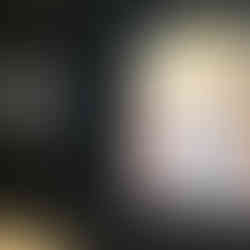


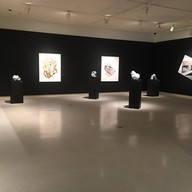
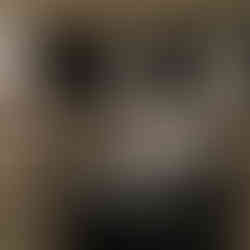

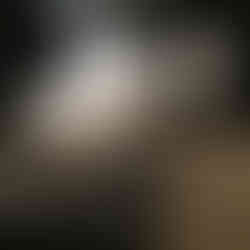





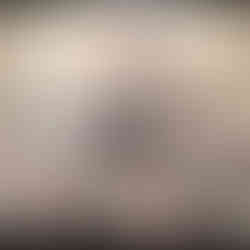

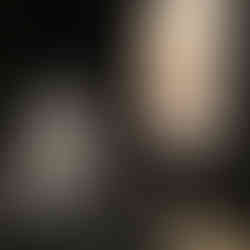


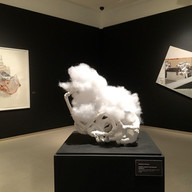



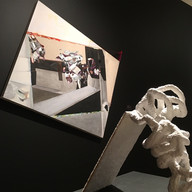

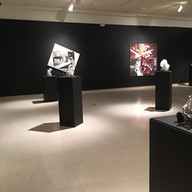

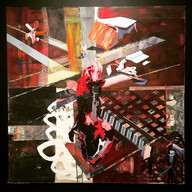

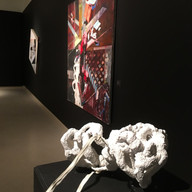

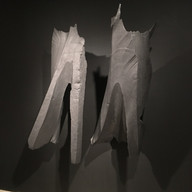


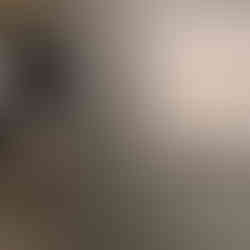

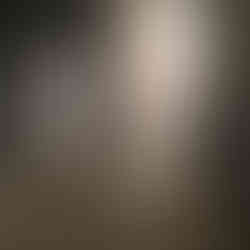






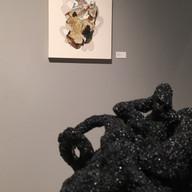

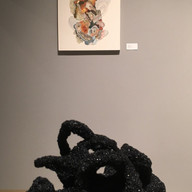

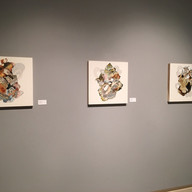

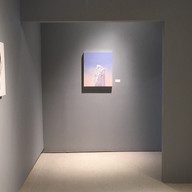


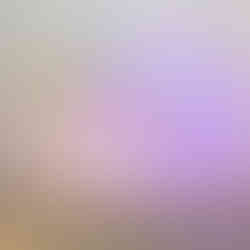

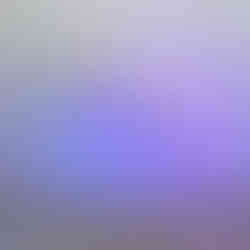

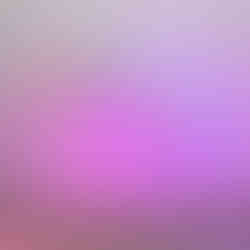

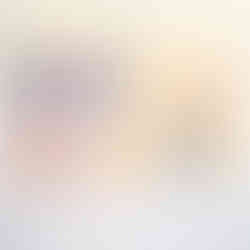



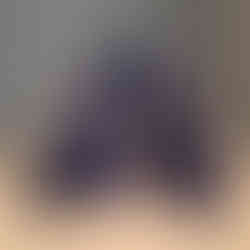


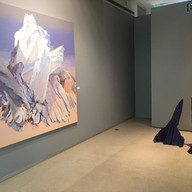

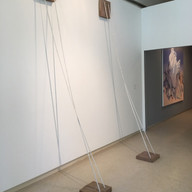




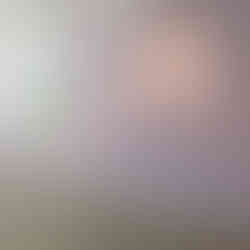




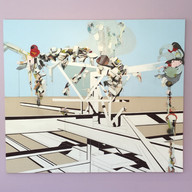

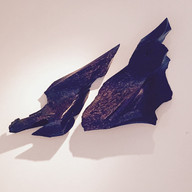
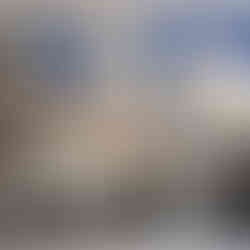

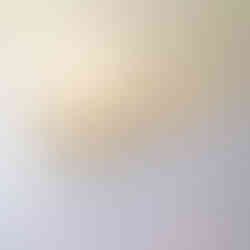




Comments